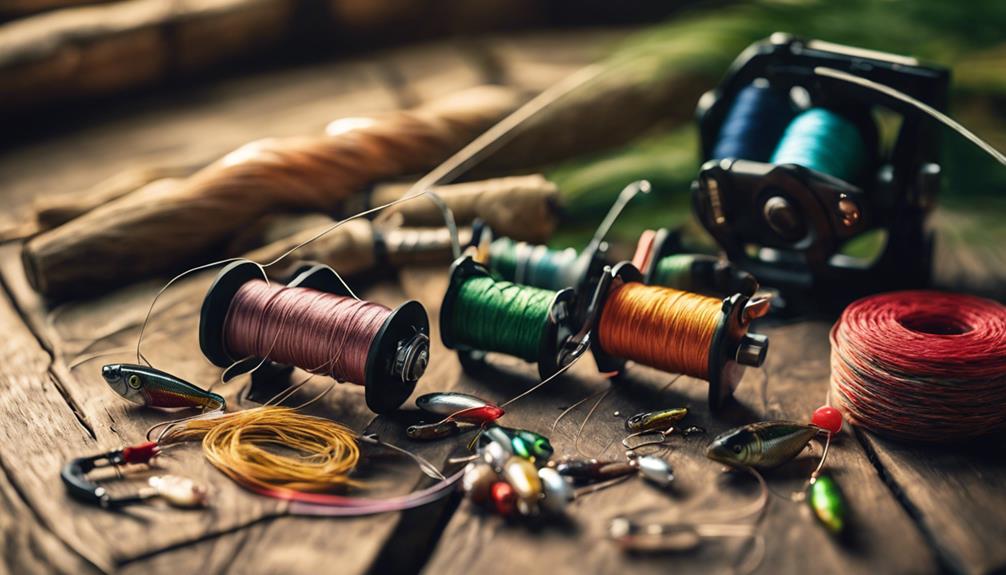Introduction to Fly Fishing in Estes Park
Nestled in the heart of the Rocky Mountains, Estes Park, Colorado, is a paradise for outdoor enthusiasts, particularly for those who love fly fishing. With its pristine lakes, rushing rivers, and breathtaking mountain scenery, fly fishing in Estes Park offers both novice and experienced anglers a unique opportunity to connect with nature while reeling in some of the most sought-after fish species. In this comprehensive guide, we’ll explore everything you need to know about fly fishing in Estes Park, from the best locations to tips for beginners and insights on local regulations.
Best Locations for Fly Fishing in Estes Park
When it comes to fly fishing in Estes Park, the options are abundant. One of the most popular spots is the Big Thompson River, which flows through the area and is known for its healthy populations of brown and rainbow trout. Another great location is Lake Estes, where anglers can enjoy a peaceful day of fishing while surrounded by stunning mountain views. Additionally, the Rocky Mountain National Park offers numerous lakes and streams, such as Bear Lake and Sprague Lake, that are perfect for fly fishing enthusiasts. Each of these locations provides unique challenges and rewards, making them ideal for anglers of all skill levels.
Essential Gear for Fly Fishing in Estes Park
Before you head out for a day of fly fishing in Estes Park, it’s crucial to have the right gear. A good quality fly rod and reel are essential, and you should select a setup that matches the type of fish you’re targeting. For trout fishing, a 5 to 6-weight rod is typically recommended. Don’t forget to bring a variety of flies, as trout can be quite particular about what they bite. Additionally, wearing appropriate clothing that can handle the varying mountain weather, along with waders, will keep you comfortable during your fishing adventure. Lastly, a fishing net and a tackle box with essential tools will enhance your fishing experience.
Understanding Local Regulations and Licenses
Before you cast your line, it’s essential to familiarize yourself with local fishing regulations. In Colorado, anglers are required to have a valid fishing license, which can be purchased online or at various local shops. Regulations may vary depending on the body of water, including catch limits and specific fishing seasons. For instance, some areas may have restrictions on the use of certain baits or flies. It’s crucial to adhere to these regulations to preserve the natural ecosystem and ensure sustainable fishing practices. Always check the Colorado Parks and Wildlife website for the most up-to-date information.
Fly Fishing Techniques for Success
Whether you’re a seasoned pro or just starting out, mastering fly fishing techniques is key to success. One popular method in Estes Park is dry fly fishing, where artificial flies float on the surface to mimic natural insects. This technique is particularly effective during the warmer months when trout are actively feeding on the surface. Nymphing is another technique worth exploring, as it involves fishing with flies that sink below the surface, imitating the aquatic larvae that trout commonly feed on. Lastly, streamers can be effective in attracting larger fish. Experimenting with these techniques will enhance your chances of landing a catch.
Best Times to Go Fly Fishing in Estes Park
Timing can significantly impact your fly fishing success in Estes Park. Spring and fall are generally considered the best seasons, as water temperatures are ideal for trout activity. Early morning and late afternoon are often the most productive times to fish, as trout are more likely to be feeding during these cooler parts of the day. Additionally, keep an eye on weather conditions, as overcast days can lead to excellent fishing opportunities due to increased insect activity. Planning your fishing trips around these optimal times will greatly increase your chances of a successful outing.
Local Fly Fishing Guides and Resources
For those who are new to fly fishing or unfamiliar with the area, hiring a local guide can be incredibly beneficial. Many experienced guides in Estes Park offer personalized services, from lessons for beginners to tips on the best fishing spots for seasoned anglers. These professionals can provide valuable insights into the local ecosystem, including the best flies to use and current fishing conditions. Additionally, local fly shops often host workshops and provide resources to help you enhance your skills. Engaging with these local experts can elevate your fly fishing experience in Estes Park.
Conclusion: Embrace the Adventure of Fly Fishing in Estes Park
Fly fishing in Estes Park is more than just a hobby—it’s an adventure that allows you to immerse yourself in the stunning natural beauty of Colorado. Whether you’re casting your line in the Big Thompson River or enjoying a serene day at Lake Estes, the thrill of catching fish while surrounded by majestic mountains is unparalleled. By understanding the local regulations, mastering various fishing techniques, and utilizing local resources, you can make the most of your fly fishing experience. So grab your gear, head to Estes Park, and prepare for a day filled with excitement and tranquility in the great outdoors.
By following this guide, you’ll be well-equipped to enjoy the best that fly fishing in Estes Park has to offer. Happy fishing!
